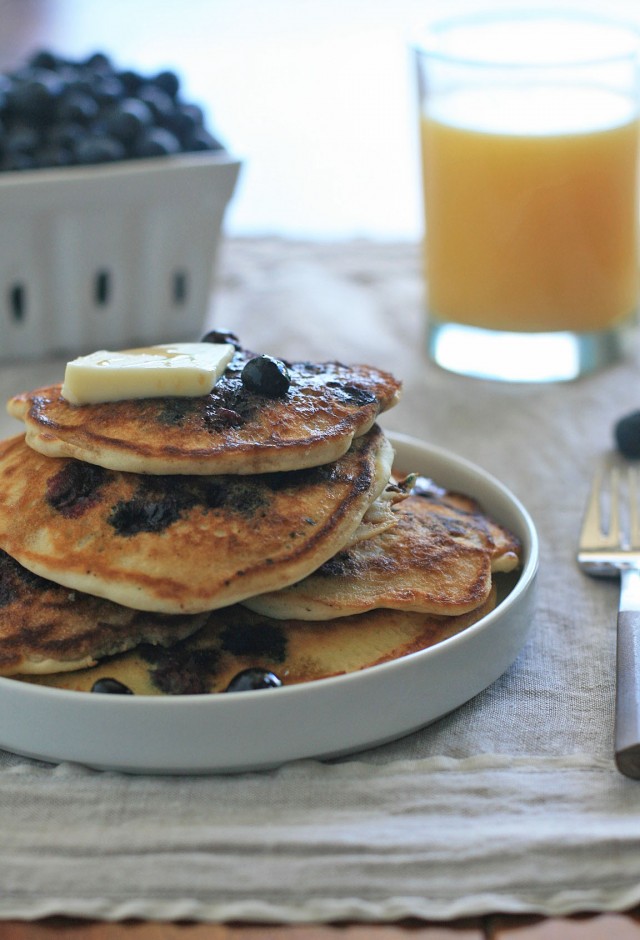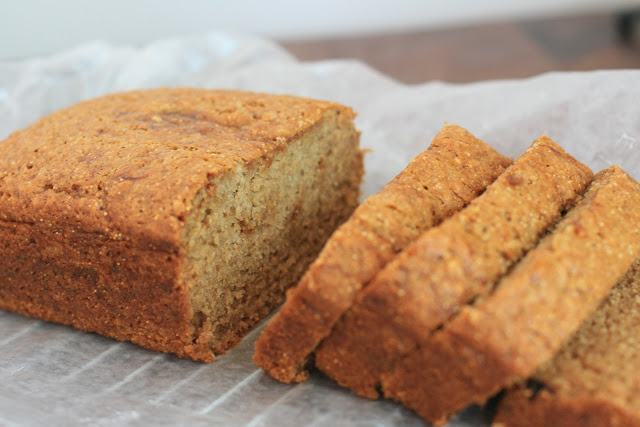 I guess honey cake is traditional for Rosh Hashanah because I saw versions of it in many Israeli cookbooks. It was easy enough to convert to gluten-free. You could also use oil in place of the butter if you’d like; most of the honey cake recipes originally called for oil. But amaranth, butter and honey is one of my favorite whole grain flavor combinations (it makes a great hot breakfast cereal) and so I decided to stick with butter.
I guess honey cake is traditional for Rosh Hashanah because I saw versions of it in many Israeli cookbooks. It was easy enough to convert to gluten-free. You could also use oil in place of the butter if you’d like; most of the honey cake recipes originally called for oil. But amaranth, butter and honey is one of my favorite whole grain flavor combinations (it makes a great hot breakfast cereal) and so I decided to stick with butter.
I use a coffee grinder to grind amaranth into flour. I stop just short of grinding it completely and leave some grains whole- it adds a nice little crunch.
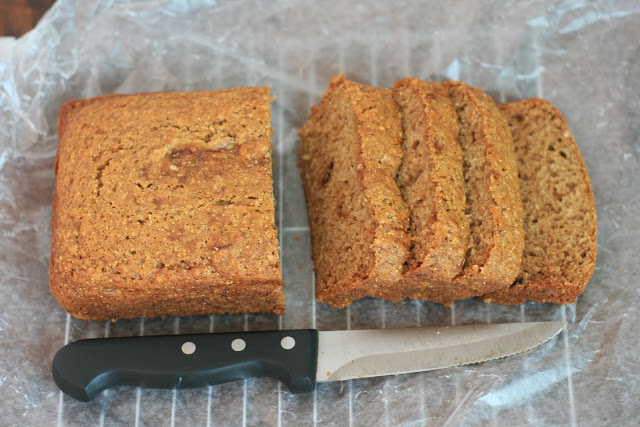 A note for those who aren’t coffee fans: feel free to substitute the coffee for tea or hot water, although my friend who hates coffee LOVED this bread. I didn’t mention the secret ingredient…
A note for those who aren’t coffee fans: feel free to substitute the coffee for tea or hot water, although my friend who hates coffee LOVED this bread. I didn’t mention the secret ingredient…
Gluten-Free Amaranth Honey cake
Ingredients:
2 eggs
1/2 cup honey
one half cup coffee (can substitute tea or hot water)
1/2 cup sugar
1/4 cup oil
3/4 cup brown rice flour
2/3 cup potato starch
1/3 cup amaranth flour
1 1/2 teaspoon xanthan gum
1 1/2 teaspoon baking powder
1/2 teaspoon baking soda
3/4 teaspoon cinnamon
Directions:
Preheat oven to 325 degrees and grease a loaf pan.
Combine eggs, honey, coffee, sugar, and oil in a large bowl.
In a separate bowl, combine starches and flour, xanthan gum, baking powder, baking soda and cinnamon. Gradually add in dry ingredients to the wet mixture and stir until blended.
Bake in preheated oven for 40-50 minutes, until a toothpick inserted in the center comes out clean.
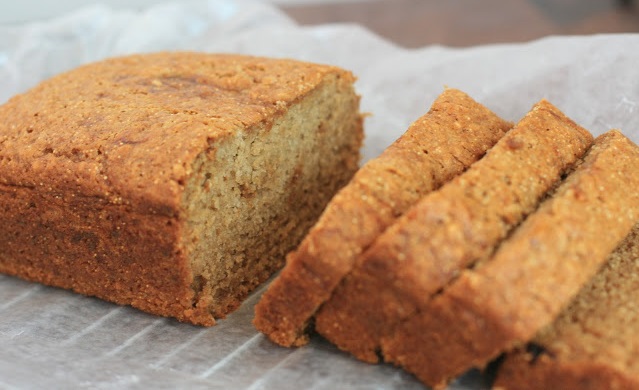
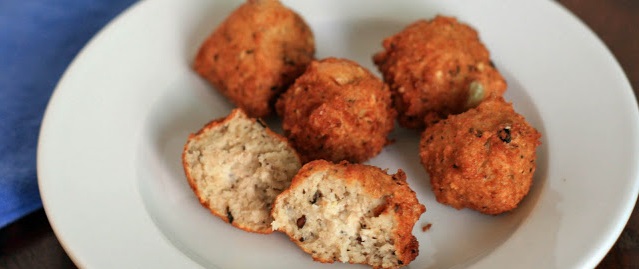
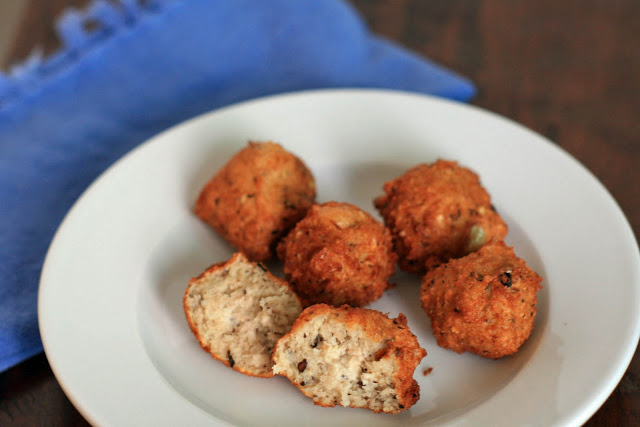
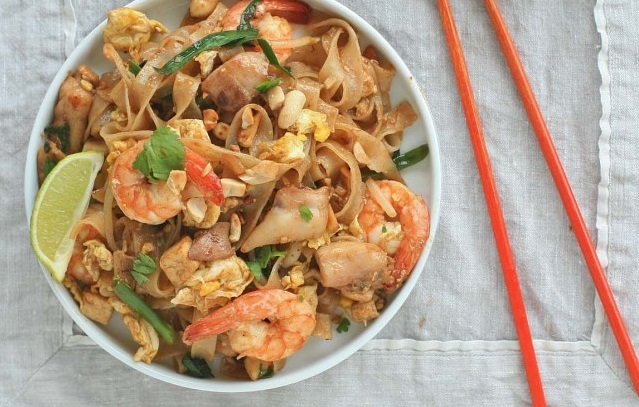
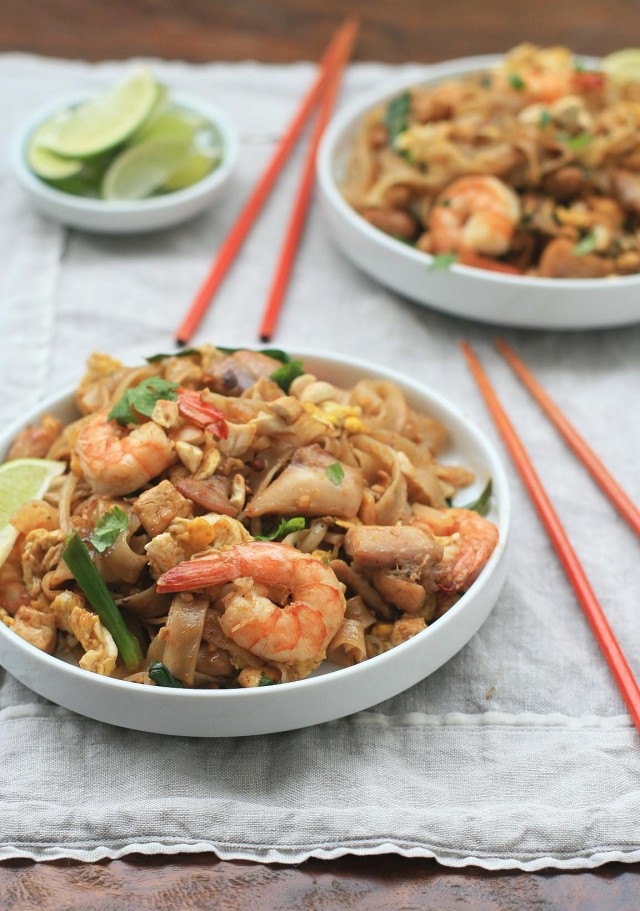 If I’m going to make Thai noodles, nine times out of ten it’ll be a simpler spicy noodle with garlic and Chinese cabbage. But sometimes, and I’m pretty sure you’ll all agree, only Pad Thai will do, with those chewy, sticky noodles, a sweet and slightly spicy sauce, crunchy beans sprouts and peanuts, and a sprinkling of fresh herbs. There’s a reason why it’s one of the world’s favorite Asian dishes.
If I’m going to make Thai noodles, nine times out of ten it’ll be a simpler spicy noodle with garlic and Chinese cabbage. But sometimes, and I’m pretty sure you’ll all agree, only Pad Thai will do, with those chewy, sticky noodles, a sweet and slightly spicy sauce, crunchy beans sprouts and peanuts, and a sprinkling of fresh herbs. There’s a reason why it’s one of the world’s favorite Asian dishes.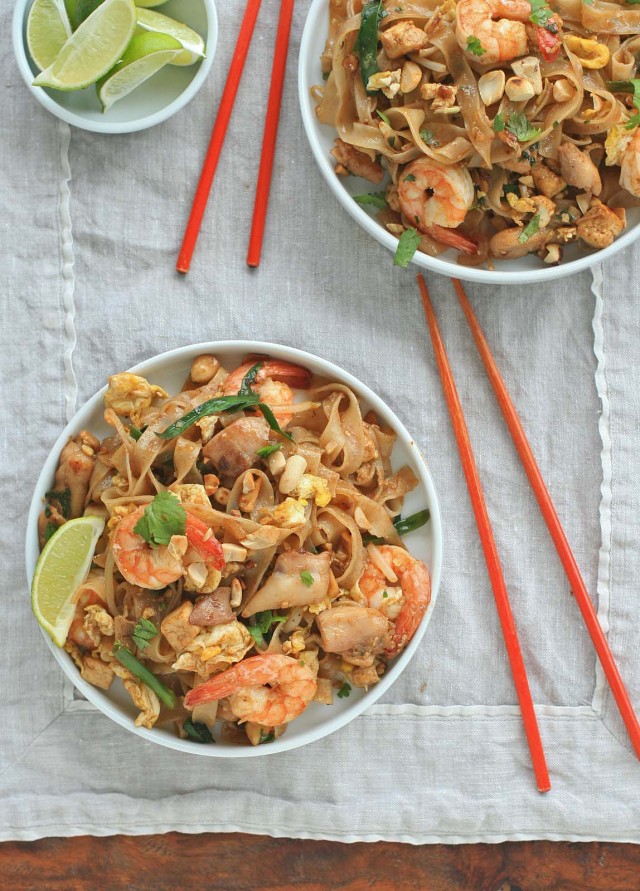 And wow. I’m pretty sure that a large number of Thai restaurants would go out of business if more people knew just how easy it is to make Pad Thai at home. You’ll have to make a special trip to the Asian grocery store, sure, but that’s pretty much the most difficult part.
And wow. I’m pretty sure that a large number of Thai restaurants would go out of business if more people knew just how easy it is to make Pad Thai at home. You’ll have to make a special trip to the Asian grocery store, sure, but that’s pretty much the most difficult part.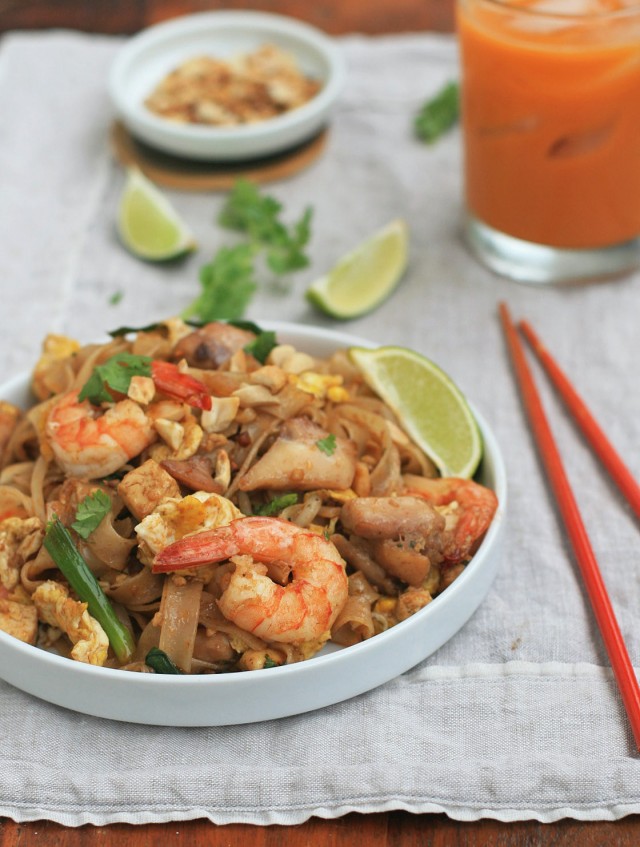
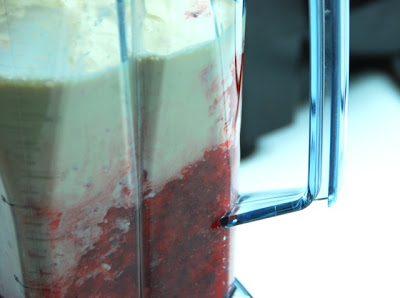
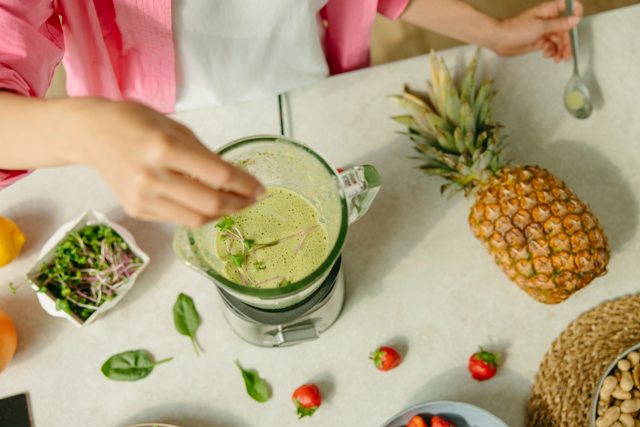
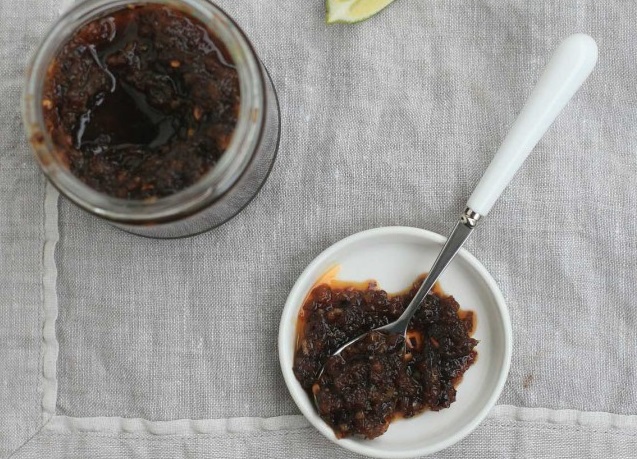
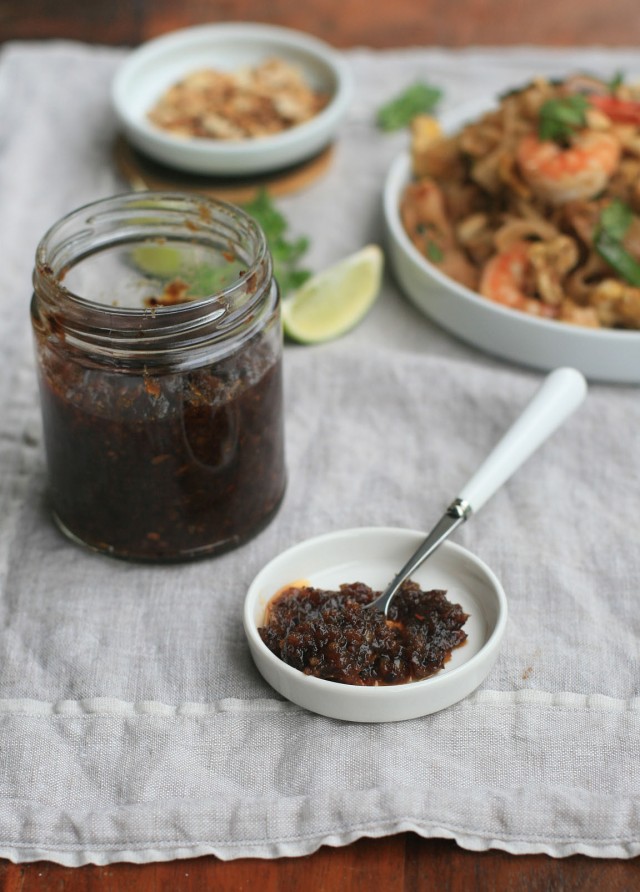 For those of you who have already tried nam prik pow, I certainly don’t need to sell you on its virtues… you’re likely already a huge fan of the stuff. But for those of you who maybe aren’t that familiar with Thai cuisine and haven’t ventured beyond Pad Thai and Thai iced tea? Well, I’m not sure any words can really convey the magic of nam prik pow.
For those of you who have already tried nam prik pow, I certainly don’t need to sell you on its virtues… you’re likely already a huge fan of the stuff. But for those of you who maybe aren’t that familiar with Thai cuisine and haven’t ventured beyond Pad Thai and Thai iced tea? Well, I’m not sure any words can really convey the magic of nam prik pow.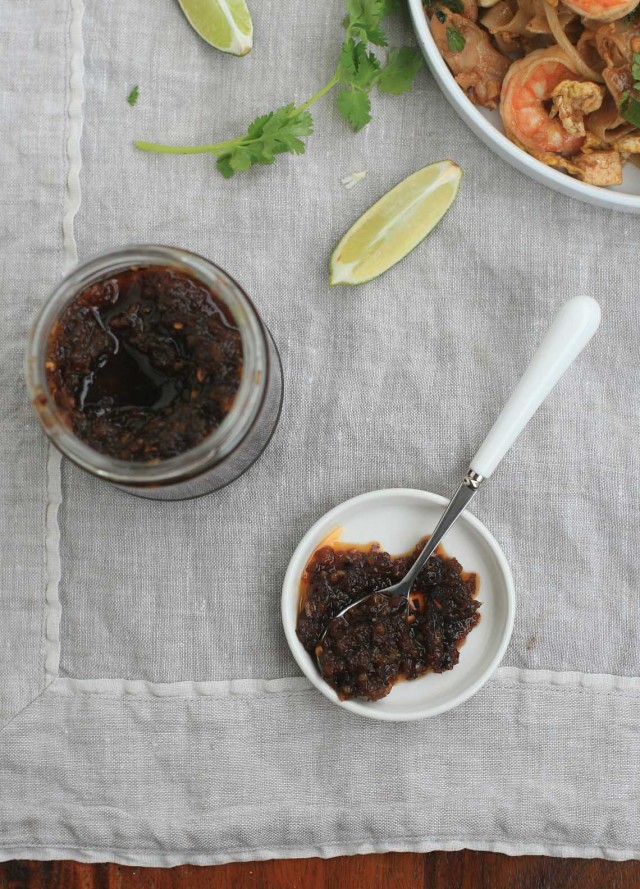
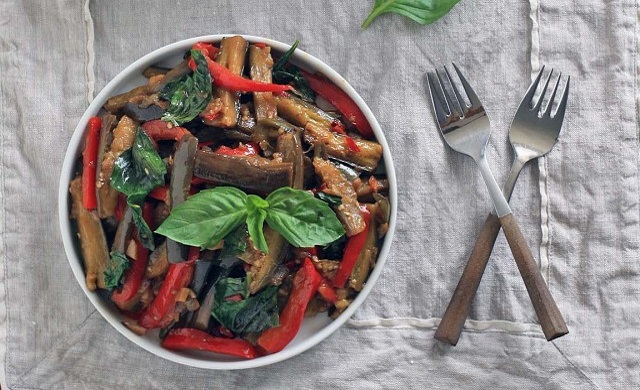
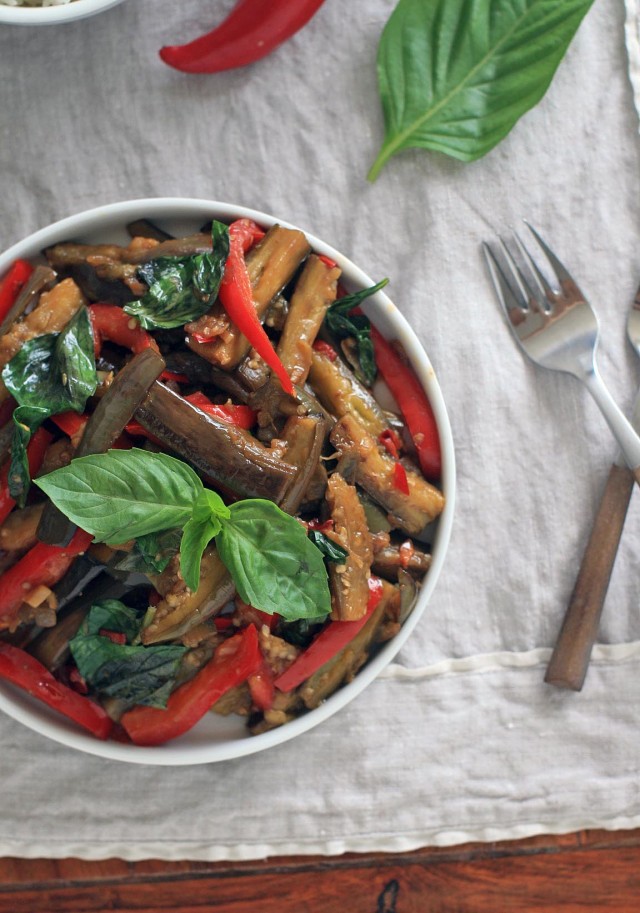 Every so often I stumble upon a food blog post in which the author is trying to persuade his or her readers into “trying eggplant again”, with the underlying assumption that a lot of folks have tried eggplant and not liked it. Really? I guess I’ve always assumed that everybody was fully on board the eggplant train.
Every so often I stumble upon a food blog post in which the author is trying to persuade his or her readers into “trying eggplant again”, with the underlying assumption that a lot of folks have tried eggplant and not liked it. Really? I guess I’ve always assumed that everybody was fully on board the eggplant train.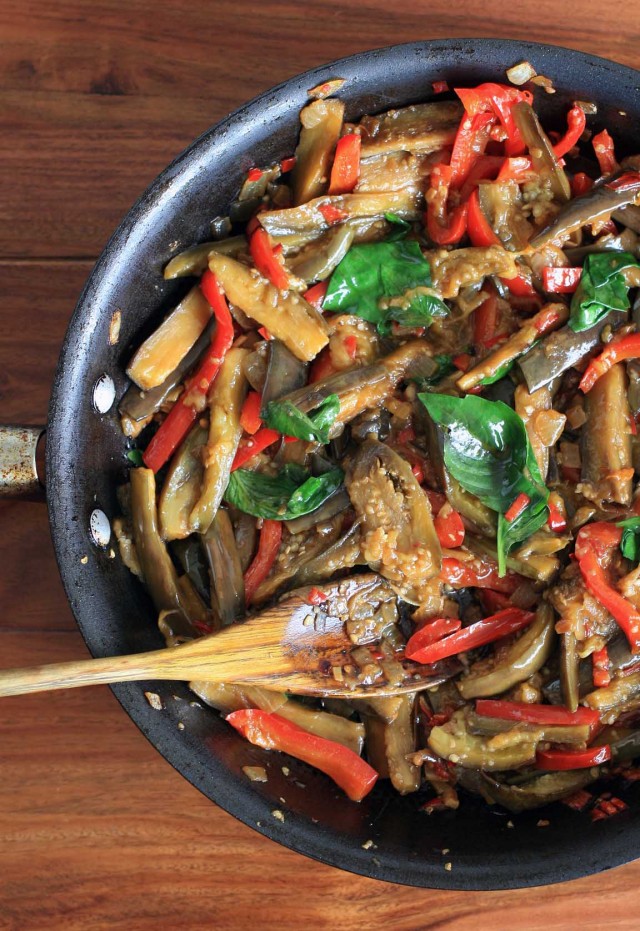
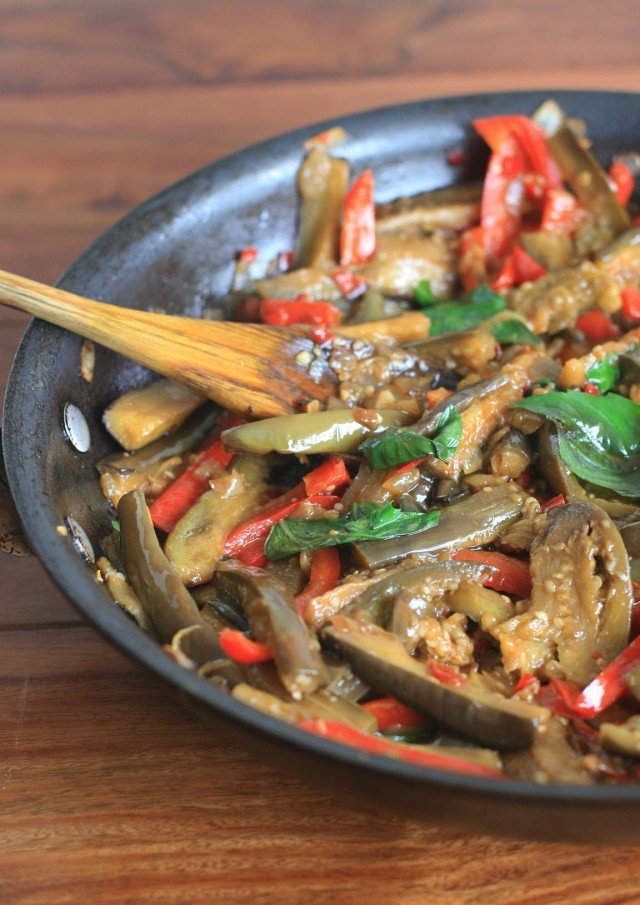 I think what I love most about eggplant is its versatility. It’s equally capable of stepping up to be star of the show as it is of fading into the background. In this quick and healthy Thai dish, eggplant is sauteed with red bell peppers in a spicy and sweet fish sauce-based sauce. A couple handfuls of Thai basil keeps the dish tasting fresh instead of heavy.
I think what I love most about eggplant is its versatility. It’s equally capable of stepping up to be star of the show as it is of fading into the background. In this quick and healthy Thai dish, eggplant is sauteed with red bell peppers in a spicy and sweet fish sauce-based sauce. A couple handfuls of Thai basil keeps the dish tasting fresh instead of heavy.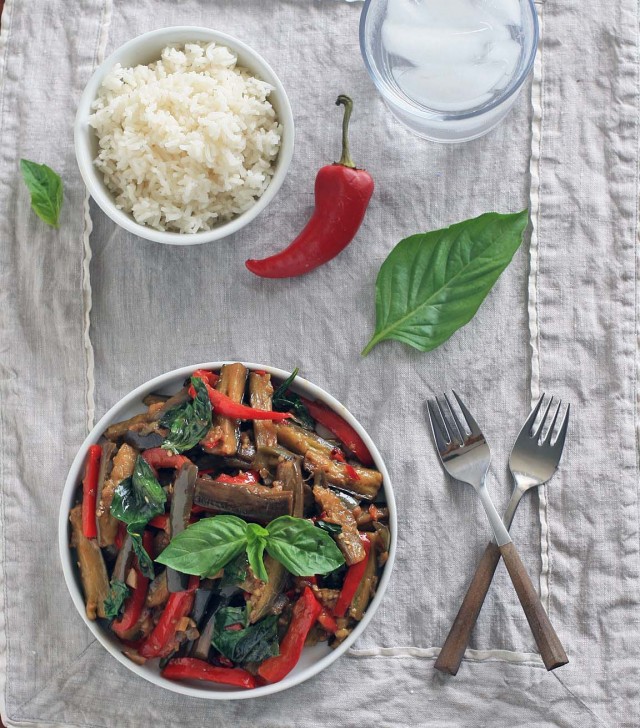
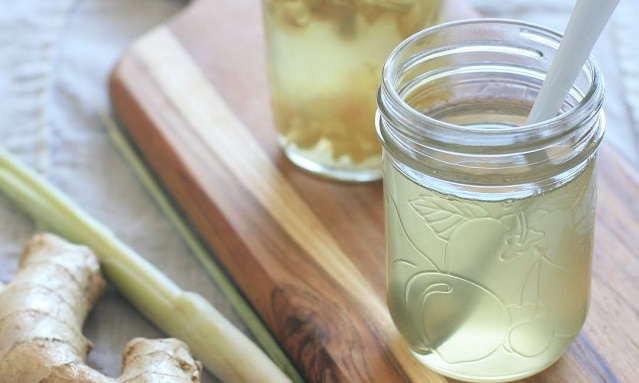
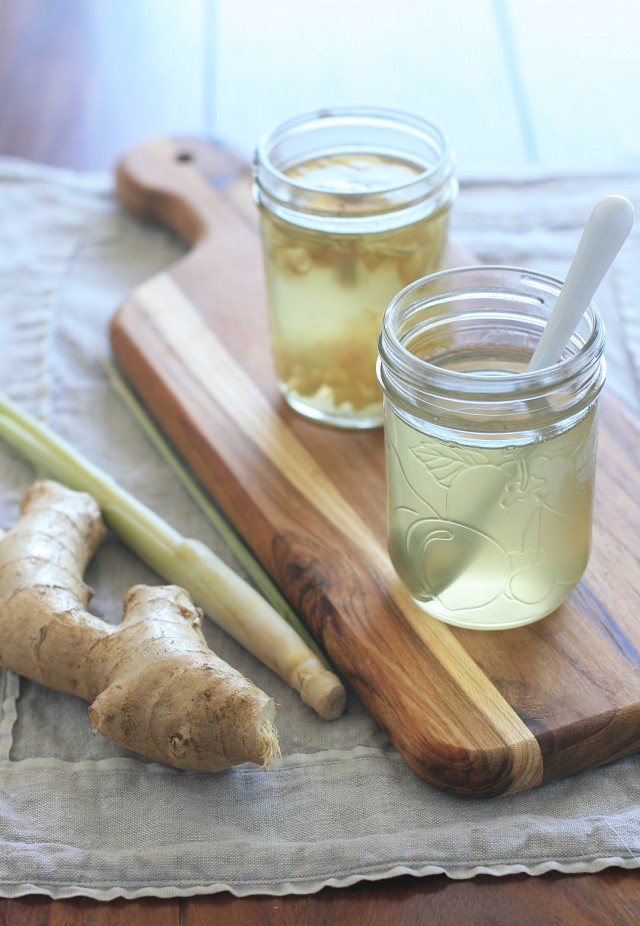 It’s not exactly groundbreaking, but here’s the lovechild of my two favorite syrups: ginger and lemongrass. The condiment shelves in my fridge are generally stuffed to the gills, and so I’m considering the consolidation of two bottles into one to be a step in the right direction. I’m not sure why I didn’t take the leap years ago.
It’s not exactly groundbreaking, but here’s the lovechild of my two favorite syrups: ginger and lemongrass. The condiment shelves in my fridge are generally stuffed to the gills, and so I’m considering the consolidation of two bottles into one to be a step in the right direction. I’m not sure why I didn’t take the leap years ago.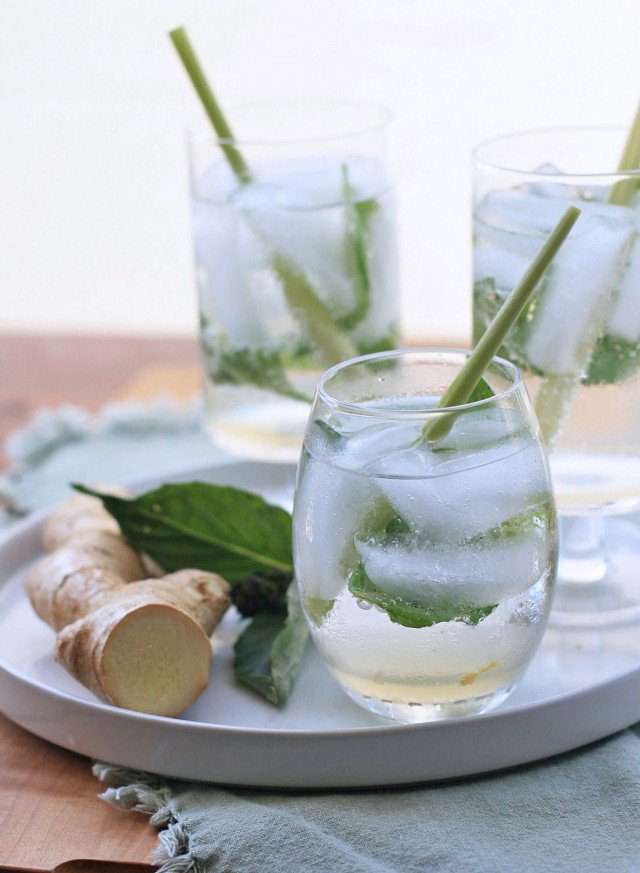
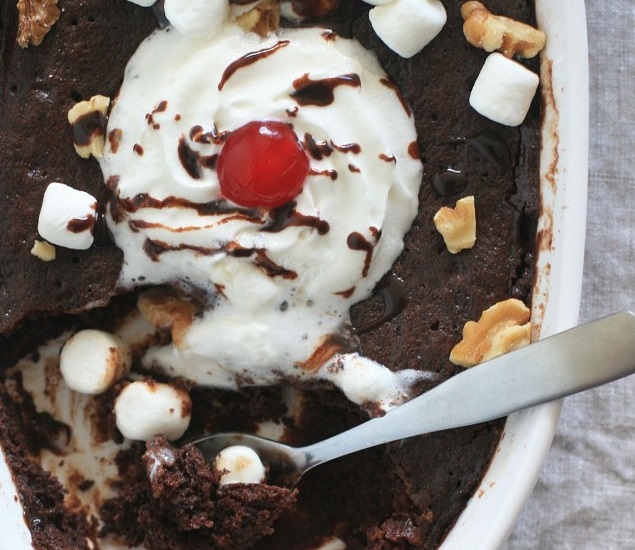
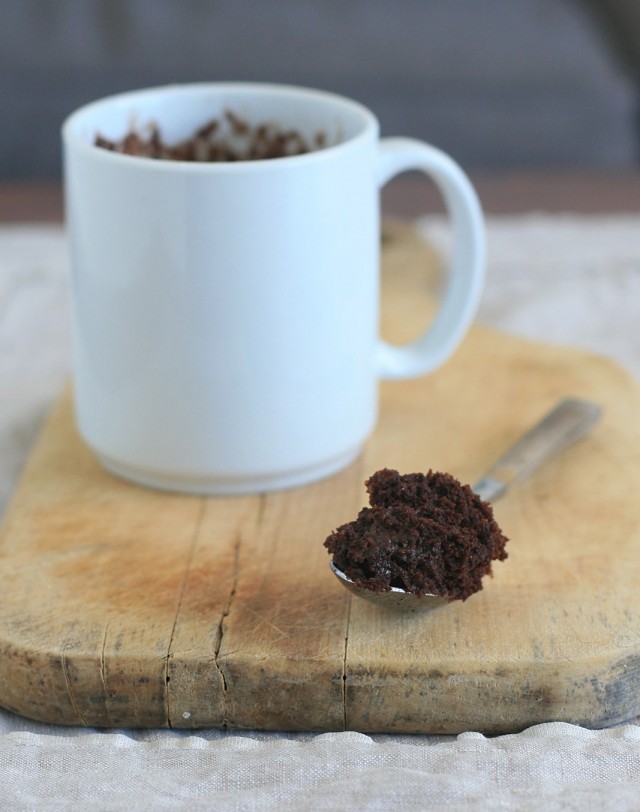 I’ve never been much of an early adopter when it comes to food. Evidence? I tried a single serving mug cake for the first time about a month or so ago. A recipe from a very, very popular food blogger had just popped in my reader earlier that day and I was in dire need of some chocolate.
I’ve never been much of an early adopter when it comes to food. Evidence? I tried a single serving mug cake for the first time about a month or so ago. A recipe from a very, very popular food blogger had just popped in my reader earlier that day and I was in dire need of some chocolate.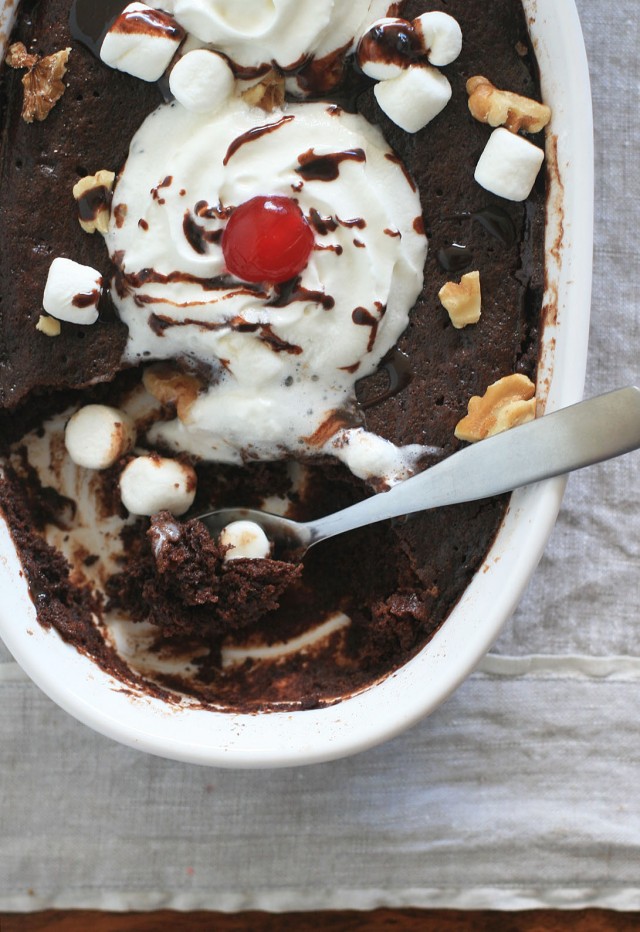 Her recipe was easy to convert to gluten-free (although for full disclosure, I made it even MORE chocolatey) and nearly impossible to muck up. I’ve used regular, coconut and almond milk… all with great success. And despite the fact that I almost never measure carefully when I’m not working on a blog recipe, it’s worked every single time. There’s a pretty big margin for error here folks.
Her recipe was easy to convert to gluten-free (although for full disclosure, I made it even MORE chocolatey) and nearly impossible to muck up. I’ve used regular, coconut and almond milk… all with great success. And despite the fact that I almost never measure carefully when I’m not working on a blog recipe, it’s worked every single time. There’s a pretty big margin for error here folks.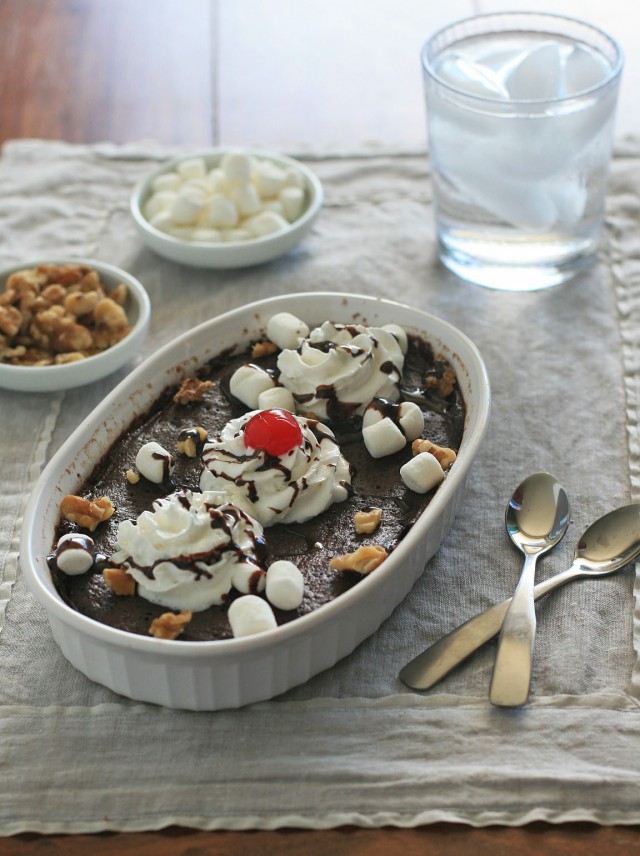
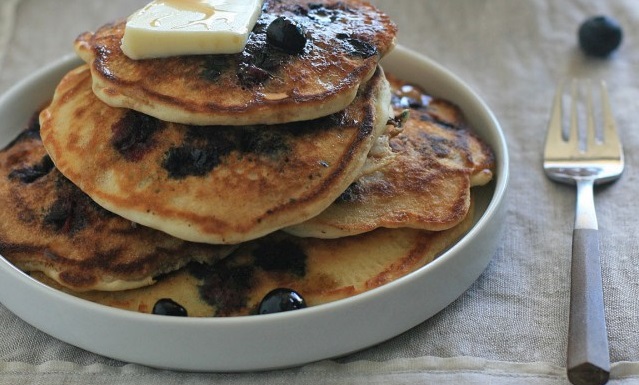
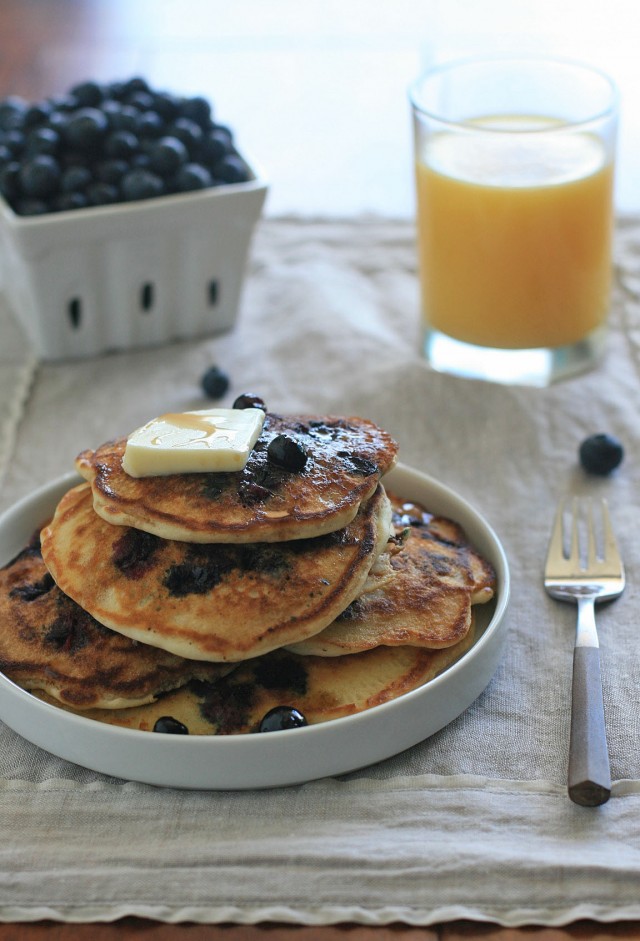 Is it just me, or is getting sick in the middle of summer just plain cruel? Sometimes in the rainy season I half hope that I’ll come down with a little cold. Staying home from work and curling up on the sofa with a hot cup of tea, without any chores to accomplish, sounds pretty good to me.
Is it just me, or is getting sick in the middle of summer just plain cruel? Sometimes in the rainy season I half hope that I’ll come down with a little cold. Staying home from work and curling up on the sofa with a hot cup of tea, without any chores to accomplish, sounds pretty good to me.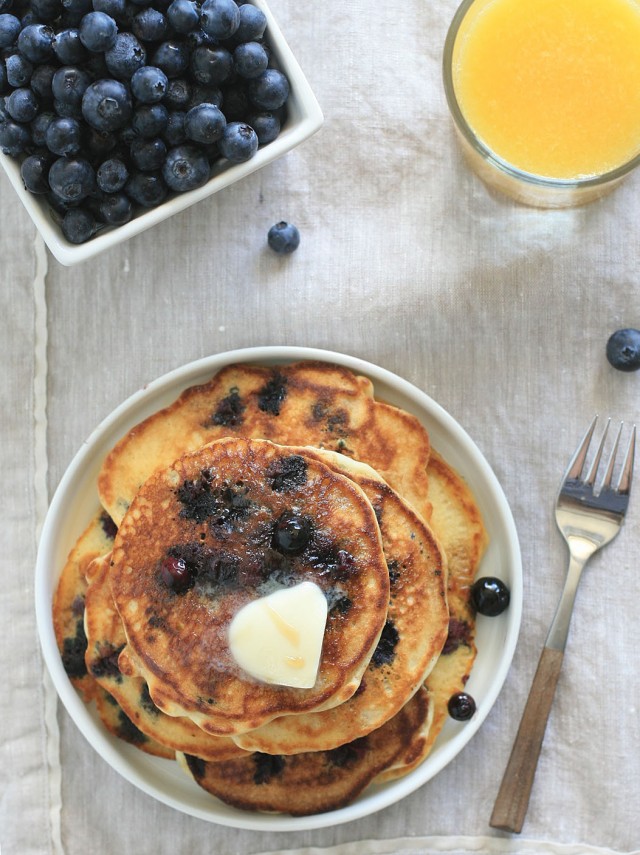 I’m finally starting to feel like my old self again, which means I’ll be giving this whole blogging thing the old college try again. I’ve long had my next destination picked out, but I can’t get in the swing of things before I do a much-needed fridge and pantry clean out.
I’m finally starting to feel like my old self again, which means I’ll be giving this whole blogging thing the old college try again. I’ve long had my next destination picked out, but I can’t get in the swing of things before I do a much-needed fridge and pantry clean out.